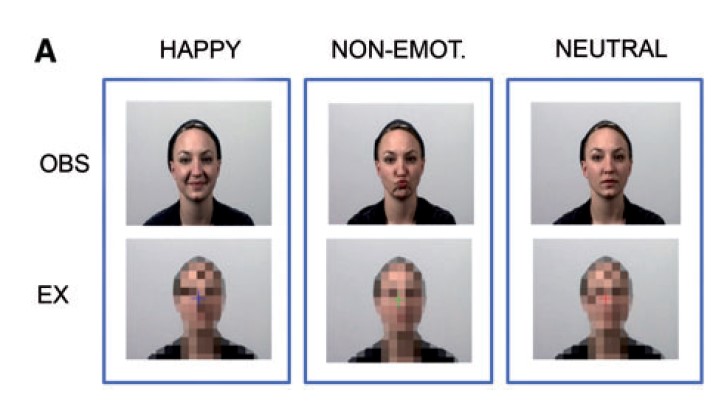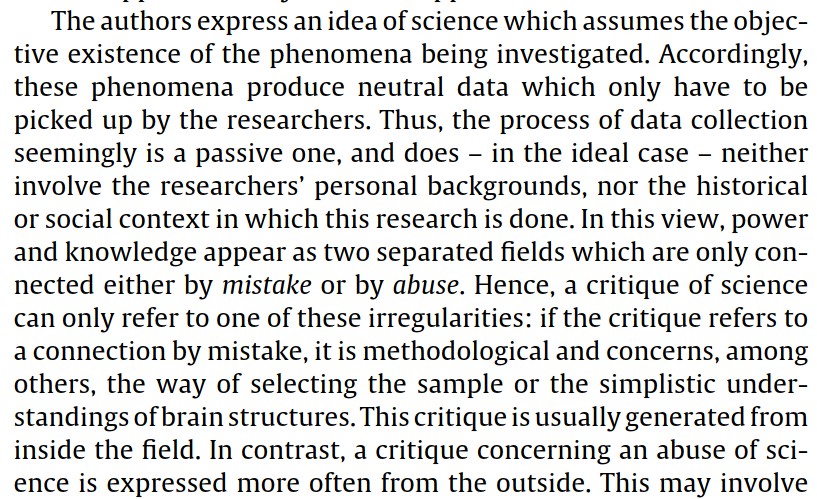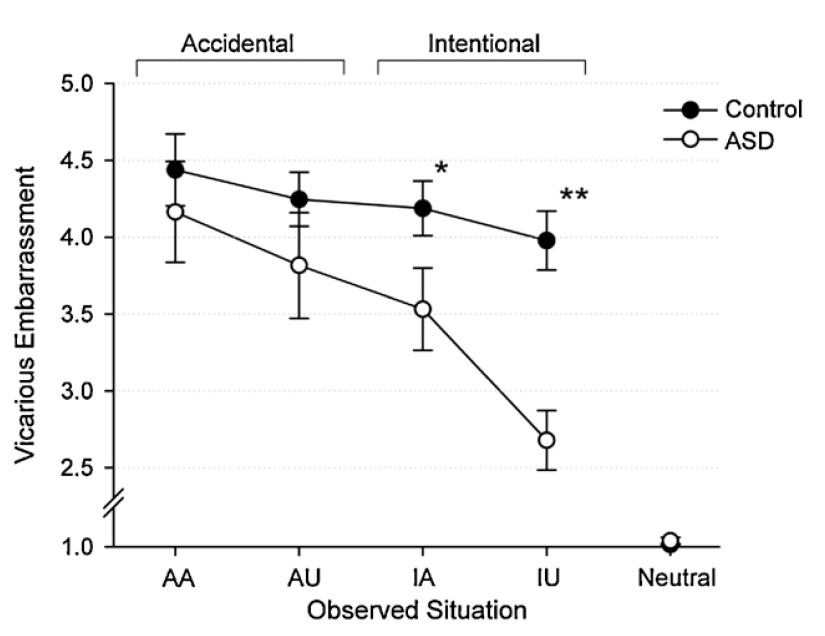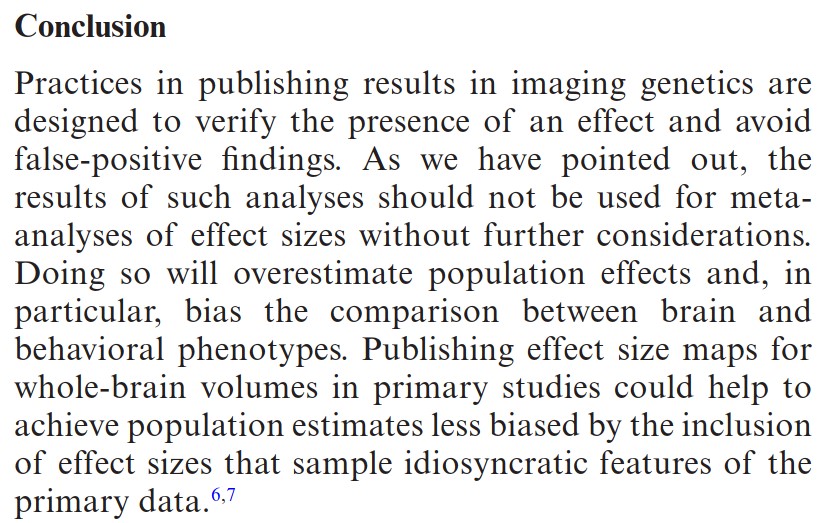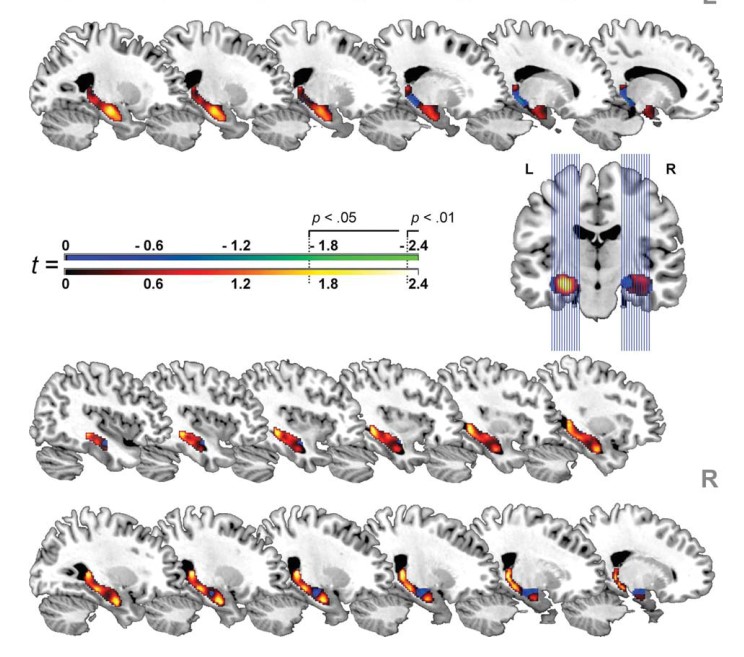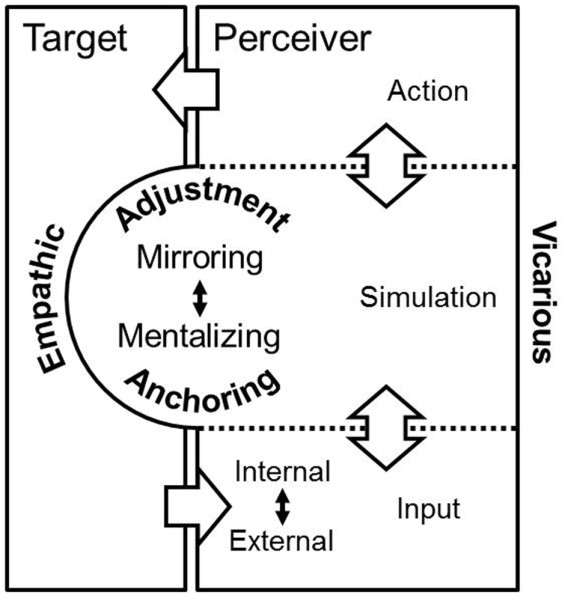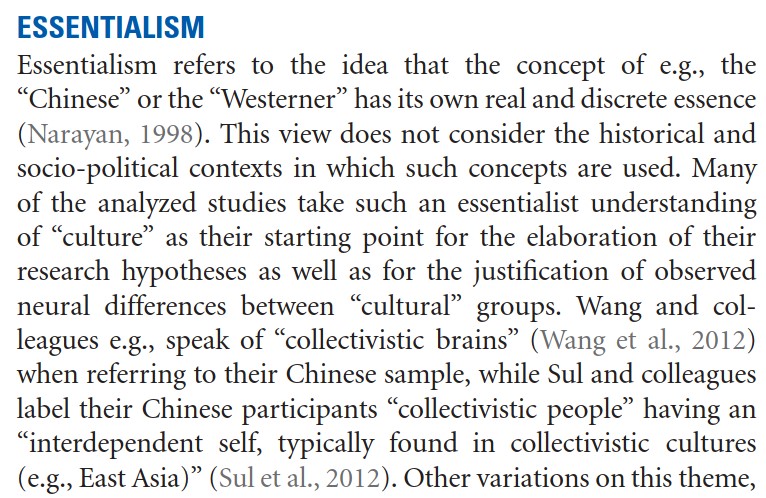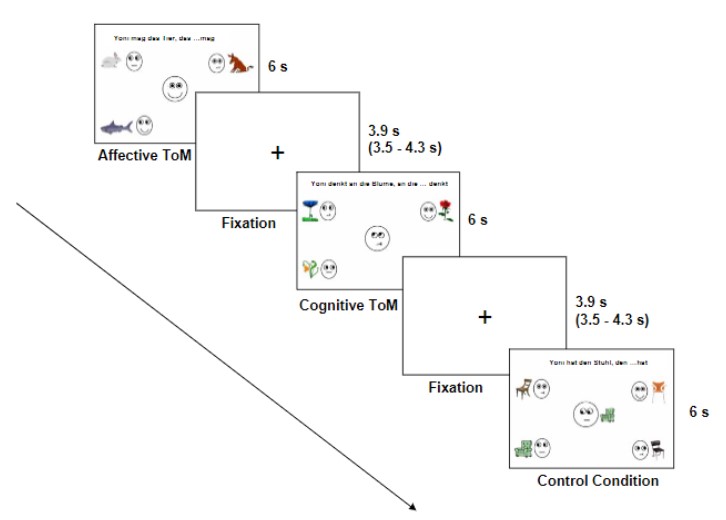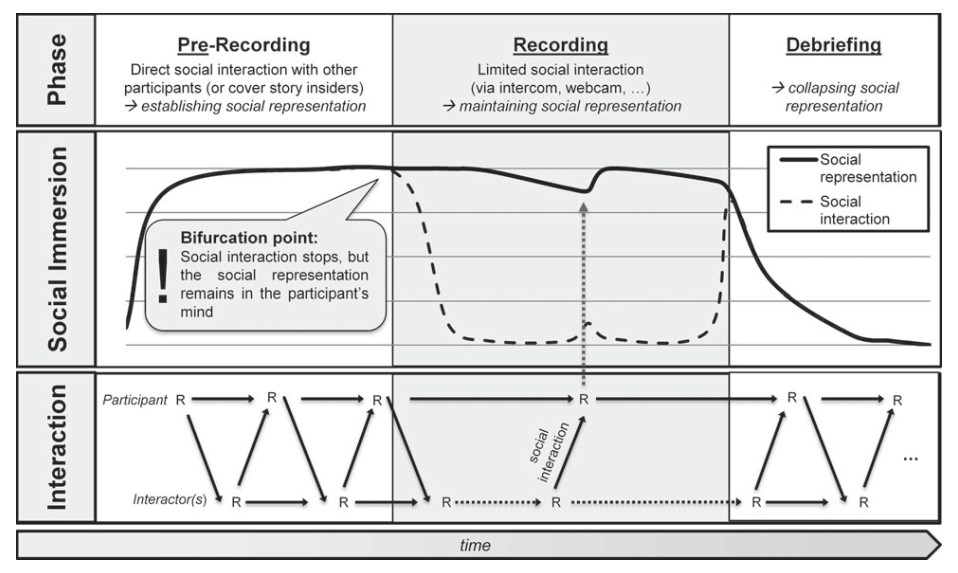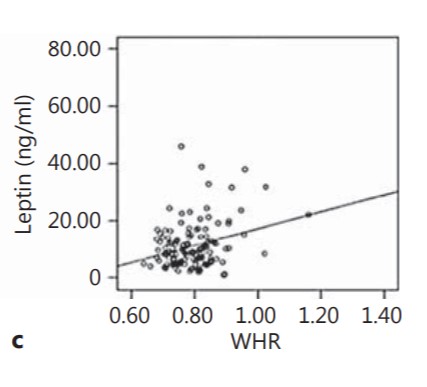Affect-specific activation of shared networks for perception and execution of facial expressions
Abstract Previous studies have shown overlapping neural activations for observation and execution or imitation of emotional facial expressions. These shared representations have been assumed to provide indirect evidence for a human mirror neuron system, which is suggested to be a prerequisite of action comprehension. We aimed at clarifying whether shared representations in and beyond human […]
